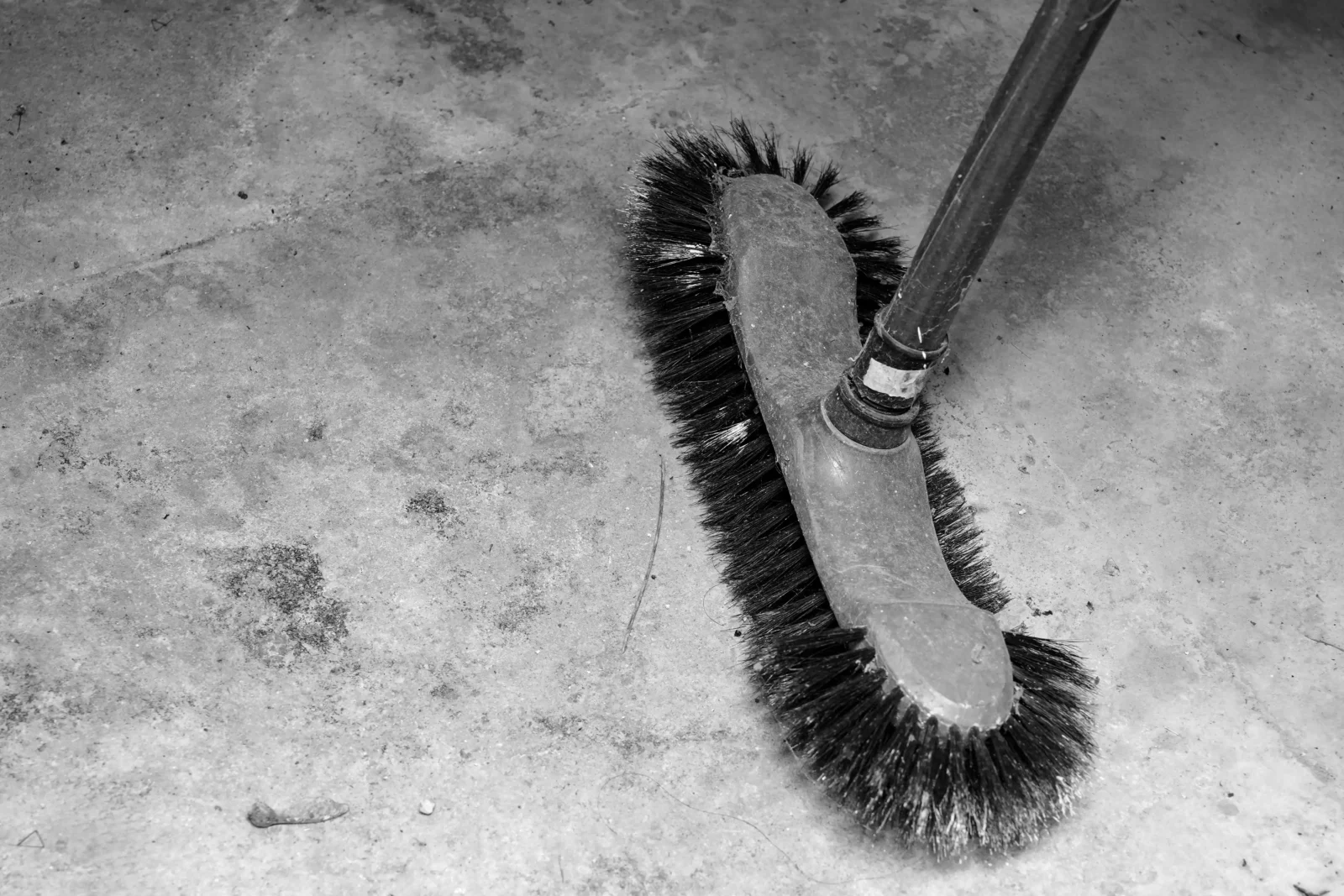- Home
- Articles
- Architectural Portfolio
- Architectral Presentation
- Inspirational Stories
- Architecture News
- Visualization
- BIM Industry
- Facade Design
- Parametric Design
- Career
- Landscape Architecture
- Construction
- Artificial Intelligence
- Sketching
- Design Softwares
- Diagrams
- Writing
- Architectural Tips
- Sustainability
- Courses
- Concept
- Technology
- History & Heritage
- Future of Architecture
- Guides & How-To
- Art & Culture
- Projects
- Interior Design
- Competitions
- Jobs
- Store
- Tools
- More
- Home
- Articles
- Architectural Portfolio
- Architectral Presentation
- Inspirational Stories
- Architecture News
- Visualization
- BIM Industry
- Facade Design
- Parametric Design
- Career
- Landscape Architecture
- Construction
- Artificial Intelligence
- Sketching
- Design Softwares
- Diagrams
- Writing
- Architectural Tips
- Sustainability
- Courses
- Concept
- Technology
- History & Heritage
- Future of Architecture
- Guides & How-To
- Art & Culture
- Projects
- Interior Design
- Competitions
- Jobs
- Store
- Tools
- More

Household pests are more than just an inconvenience. They can affect food storage, damage belongings, and create discomfort in spaces meant to offer peace and safety. Whether it’s ants in the kitchen, mice in the attic, or cockroaches scuttling across the floor, the presence of pests disrupts the rhythm of daily life. Getting rid of them requires more than just a quick fix. Long-term solutions depend on understanding their behavior, identifying points of entry, and taking preventative steps before the problem grows into something harder to manage. Here’s a practical guide to removing some of the most common pests from your home and keeping them from returning.
Table of Contents
ToggleStart with Professional Pest Control Services
When facing a serious infestation or a recurring problem, it’s often best to turn to trained technicians. Many people reach a point where home remedies no longer work, and that’s the time to call for pest control help, especially when the issue involves hard-to-reach nesting areas or potentially dangerous insects. Professional services bring expertise, safe treatments, and strategies that aren’t available through store-bought options. Licensed technicians can assess your home inside and out, detect where the pests are hiding, and use methods tailored to your specific needs. Whether it’s rodents chewing through insulation or termites damaging structural wood, the right service provider will help you eliminate the cause, not just the symptoms. This saves time, prevents future damage, and often proves more cost-effective over the long run.
Seal Entry Points and Cracks
Pests often enter through tiny gaps you may not even notice. Window frames, foundation cracks, and worn-out door sweeps are common access points for everything from ants to mice. Caulking these gaps and adding weather stripping to doors can go a long way in keeping intruders outside where they belong. Pay close attention to areas around plumbing, vents, and utility lines. Rodents are especially skilled at squeezing through narrow spaces, sometimes as small as a dime. Use metal mesh for gaps too large for caulk, particularly in basements or under sinks. Even high-mounted vents should be checked regularly, as insects and bats can exploit them to gain access.

Routine inspections of the home’s exterior can help you catch new openings before they become problems. Don’t forget the roofline and attic. Birds and squirrels often sneak in through torn vents or cracked shingles. Sealing your home is one of the most practical steps you can take toward long-term pest prevention.
Keep Food and Waste Secure
Unsecured food is one of the top reasons pests enter homes. Crumbs, open containers, and overflowing trash bins attract insects and rodents quickly. Storing food in airtight containers and cleaning up spills right away can drastically reduce the appeal of your kitchen to pests. Pet food left out overnight, especially in garages or laundry rooms, also acts as a beacon. If you store food in a pantry or basement, make sure it’s placed on shelves rather than directly on the floor.
Garbage management plays an equal role. Outdoor bins should be tightly sealed and placed away from windows or doors. Compost piles, while beneficial for gardening, should be covered and maintained so they don’t become breeding grounds for flies or rats. Inside the home, trash cans should have lids and be emptied frequently, especially in bathrooms and kitchens. Regular sweeping and vacuuming reduce the scent trails that ants follow, making it harder for them to organize their search for food inside your home.
Manage Moisture Around the House
Damp conditions are ideal for many pests. Cockroaches, silverfish, and even termites thrive in areas with excess humidity. Leaky faucets, poorly ventilated basements, and wet bathroom floors can all contribute to a growing problem. Checking under sinks and behind appliances for moisture buildup should become part of your cleaning routine. If you notice mold or mildew, pests are likely not far behind.
Using a dehumidifier in basements and laundry rooms can make those areas far less attractive to insects. Check outdoor drainage as well. Gutters should direct water away from the foundation, and soil should slope downward from the house. Stagnant water near the home, such as in flowerpots, clogged drains, or birdbaths, attracts mosquitoes and other insects. Drying out damp spaces creates an environment where most pests can’t survive for long, giving you an added layer of protection.

Trim Outdoor Vegetation and Maintain the Yard
Your garden and yard may be the first line of contact between your home and pests. Overgrown shrubs, tree branches that touch the roof, and piles of leaves near the foundation serve as bridges and hiding spots for various pests. Rats, spiders, and ants often build nests outside before finding their way indoors. Trimming back vegetation and removing debris limits their options and creates a cleaner perimeter.
Keep firewood stacked away from the house, and never lean it directly against the walls. Woodpiles often shelter termites and carpenter ants, both of which can cause severe damage if left unchecked. Lawn maintenance matters too, tall grass is a hiding place for ticks and fleas, which can hitch a ride indoors on pets or shoes. Raking up dead leaves, pulling weeds, and mowing regularly all reduce the risk of attracting insects and rodents to the property.
Pest control is a balance of prevention, maintenance, and response. With consistent attention, the chances of sharing your space with unwanted guests drop dramatically.
illustrarch is your daily dose of architecture. Leading community designed for all lovers of illustration and #drawing.
Submit your architectural projects
Follow these steps for submission your project. Submission FormLatest Posts
Top 10 Examples of Innovative Kinetic Architecture
Kinetic architecture introduces movement and adaptability into the built environment through rotating...
What Are the Benefits of Regular Gutter Cleaning?
After a hard rain, water can spill over a gutter corner and...
How to Buy Your Dream Home for Beginners
Buying your first home can be exciting but also overwhelming. It’s a...
Principles of a Well-Organized Interior
A well-organized interior feels calm, looks intentional, and works hard every day....












Leave a comment